A. Symbol (tamga) of the Turk Shahis of Zabulistan
B. Remnants of the Buddhist stupa at Tangi Safedak, in the middle course of Band-e Amir (Yakaulang district, Bamiyan province, Afghanistan). Beginning of the 8th century. (© Tropix.co.uk/Jonathan Lee)
The stupa lies on a terrace on the north slope of the hill and is largely still covered with earth. An Antique settlement as well as a Buddhist cave complex was located in the immediate vicinity.
C. Bactrian donor inscription on the outside of the east wall of the stupa at Tangi Safedak. Probably around 714/15 CE. (© Tropix.co.uk/Jonathan Lee) "It was the year 492 (local, Bactrian era, probably 714/15 CE), the month Sbol, when I, Alkhis, son of Khuras, lord of Gazan, established this stupa as a pious foundation… ." In the stupa donated by Alkhis, the lord of Gazan (the city Ghazni, capital of Zabulistan), a stone box was discovered that contained beside other objects 17 coins (compare Nr. 13). The coins must have been in circulation by the time that they were deposited there, which according to the inscription was probably in the year 714/715 CE.
D. The road from Ghazni to the valley of Band-e Amir and Yakaulang. (© Minoru Inaba)
Mediaeval Arab sources tell us that the lords of Ghazni put their livestock to pasture in the valley of Band-e Amir.
E. Clay sculpture of a royal couple from the Buddhist monastery of Fondukistan, Niche E. End of the 7th / beginning of the 8th century CE. (© Kabul, National Museum of Afghanistan / Vienna, WHAV).
The monastery of Fondukistan, supposedly constructed at the end of the 7th or beginning of the 8th century, is located on an important road that leads from Kabul via Kapisa into the Bamiyan Valley. Under the base of the sculptures a clay urn was found which contained a golden bracteate with an image of a ruler, three drachms of the Turk Shahis (one of which was countermarked, compare Nr. 7), and a countermarked drachm of the Sasanian king Khusro II from his 37th year of rule (= 627/28 CE). The subsequently added countermarks show that the urn must have been deposited after 689 CE.


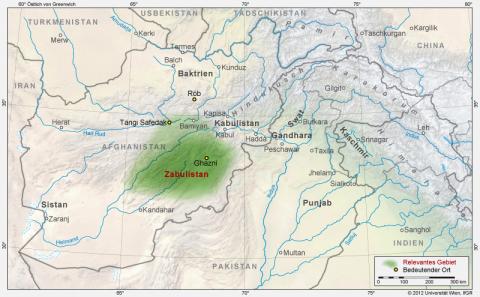
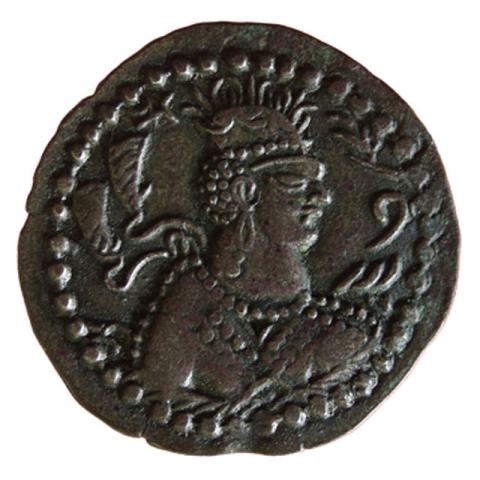
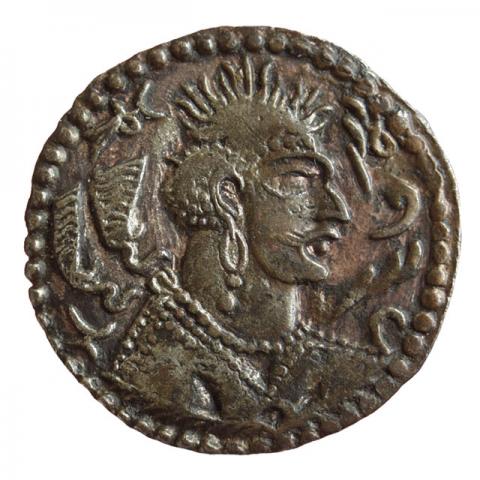
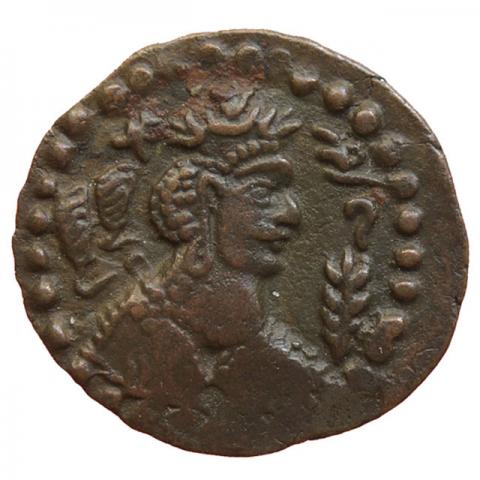
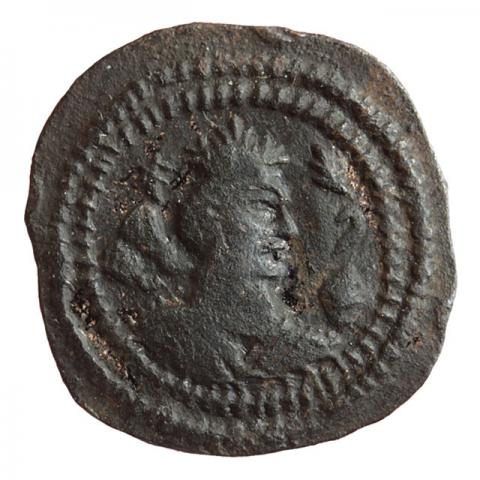

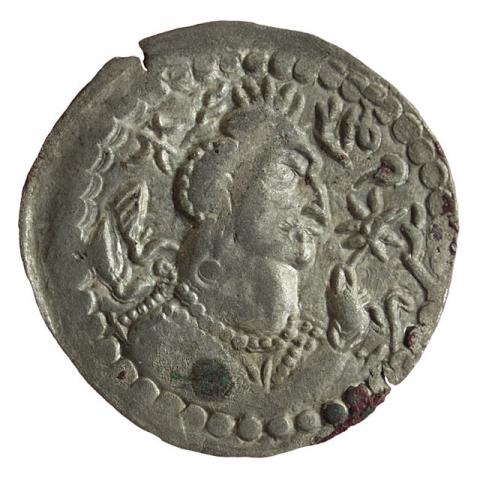
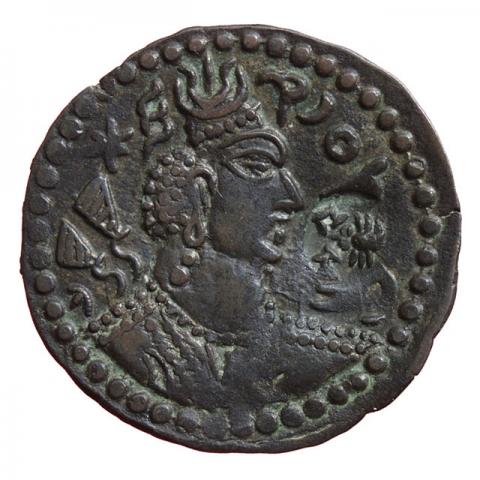

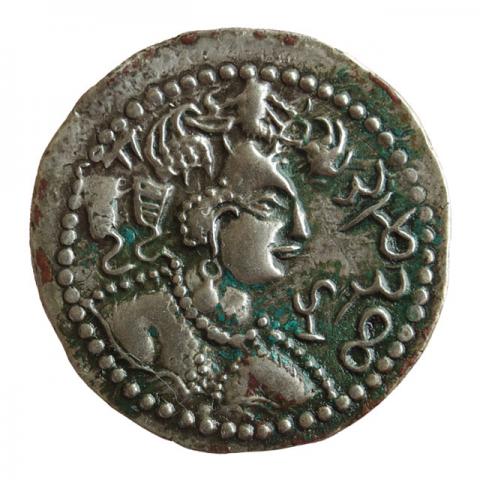

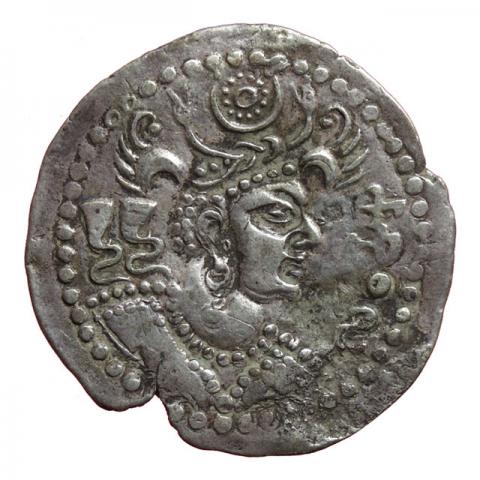
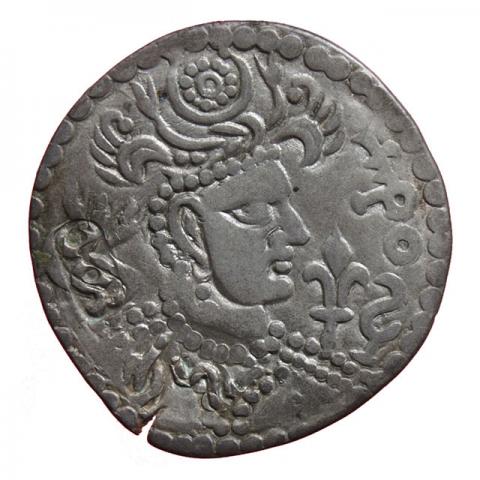
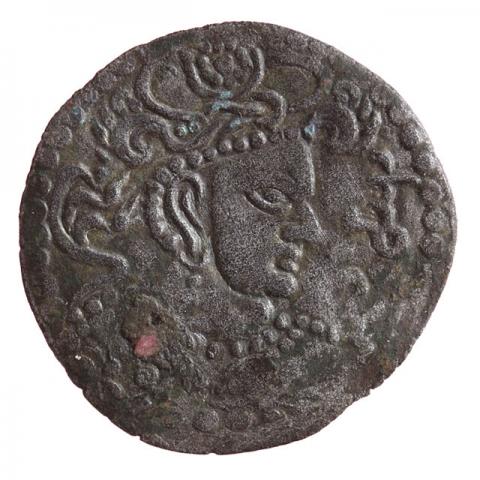



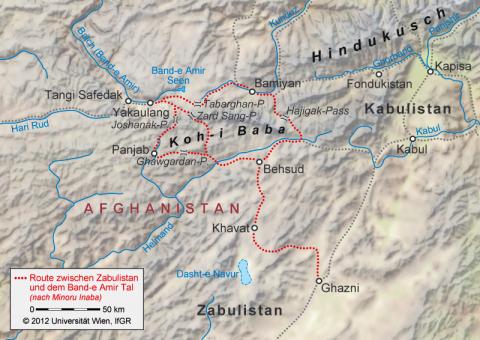
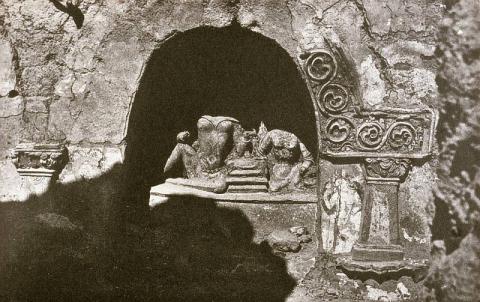
_geschn_0.png%3Fitok=9gg7eeah)